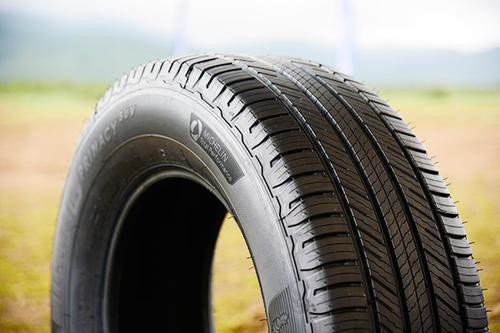liupeng@fihonor.com
julie@fihonor.com
+86-13475839195
+86-13070805560
Jan 17, 2020
Cleveland, Ohio - Market researchers in Freedonia expect the world's demand for processed rubber chemicals to grow by 4.4 percent a year to 1.5 million tons by 2020.
In a new report, Freedonia links the projected growth to increased rubber consumption and the loading of processed chemicals needed to manufacture high-quality tires and automotive and industrial products.
Progress will be strong for developing countries in Asia/Pacific, but as mature market conditions in the United States improve, Western Europe and Japan will also contribute significantly to growth.

The Cleveland-based team notes that the demand for rubber-processed chemicals remains "closely related" to rubber consumption in countries
More generally, it said, trends affecting the demand for rubber used in tyres and industrial products are expected to have a significant impact on rubber processing chemicals.
Analyst Jason Carnovale said: "The increase in motor vehicle ownership in developing countries will support the production of local tyres, which will require the additional consumption of processed chemicals. "
Similarly, for non-tyre rubber chemicals, demand is expected to benefit from increased car production and industrialization in developing countries.
On the other hand, the possibility of a further slowdown in China's economy remains a major concern for the sector.
"The growth in rubber demand in China has slowed in recent years as countries face financial markets related to their real estate and challenges, " Friedonia said.
"However, the Chinese market is expected to remain healthy by 2020 as car production remains strong, and the country is expected to contribute nearly half of the growth in global incremental demand," the report added. "
Japan and Western Europe are expected to see a chemical demand reversal between rubber fall treatment symmering in 2010 and 2015, while demand in the United States will accelerate due to improved market conditions.

But Progress in these industrialized regions is expected to remain well below the world average by 2020, reflecting the market's maturity and limited opportunities for increased loading of additional rubber or processed chemicals, Friedonia said.